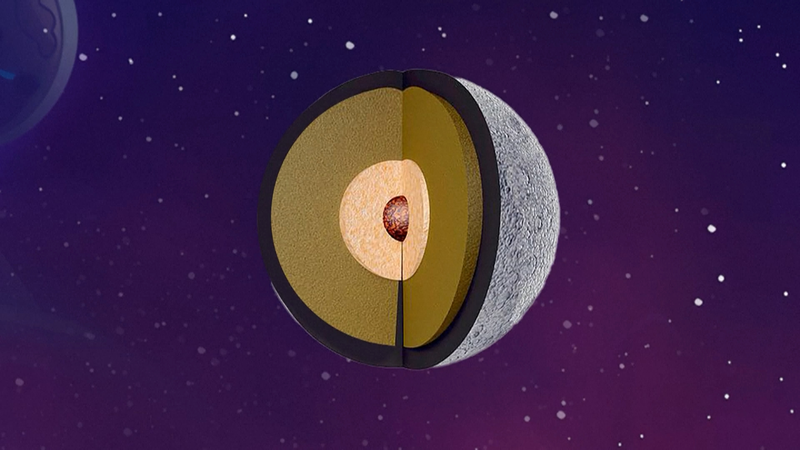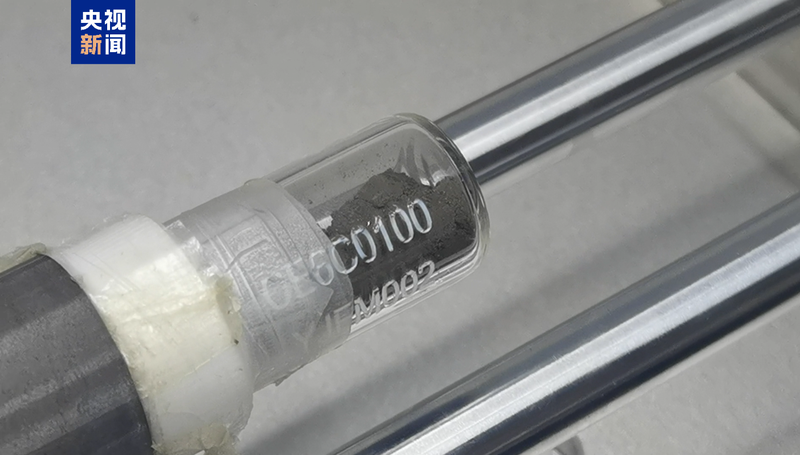China's Chang'e-7 lunar mission is on track for a 2026 launch, carrying advanced instruments to peel back the moon's hidden layers. Leading the charge is a high-precision seismograph designed to record moonquakes and map the interior like never before.
“With the seismograph, we aim to investigate the moon's internal structure, especially whether there are differences between the near and far sides,” says Wu Fuyuan, a member of the Chinese Academy of Sciences and key researcher at the Institute of Geology and Geophysics.
That dichotomy between the near side—familiar dark maria visible from Earth—and the rugged far side has puzzled scientists for decades. Samples from Chang'e-5 on the near side and Chang'e-6 from the far side help illustrate this contrast: 1,935.3 grams of lunar soil and rock from the South Pole–Aitken Basin reveal distinct material distributions and geological histories.
Building on that data, Chang'e-7 will target the lunar south pole to hunt for water ice and test sustainable technologies. A first-of-its-kind hopper lander will leap from sunlit areas into permanently shadowed craters, using a water molecule analyzer to confirm ice deposits.
Precision landings are guided by China's inaugural deep-space landmark image navigation system, while active shock-absorption technology keeps the hopper stable on steep slopes. More than 50% of its operations will be autonomous, analyzing terrain and adjusting in real time. Vertically mounted solar panels are optimized for low-angle sunlight near the pole.
With these innovations, Chang'e-7 promises to deepen our understanding of lunar formation, pave the way for future human outposts and inspire a new generation of space explorers.
Reference(s):
China's Chang'e-7 to carry a seismograph, 2026 launch targeted
cgtn.com




